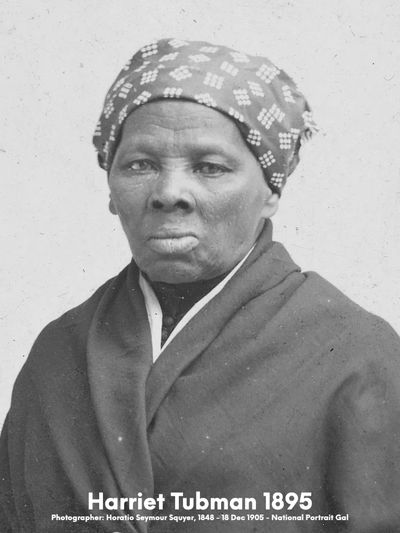Diversity Statement

Diversity In Education Statement
Every student should feel welcome. Every student should feel included. Every student should have a voice. Every student should see themselves reflected in the course materials. Every student should learn something new about a perspective that is not their own.
I consciously and joyfully include diversity, equity, and inclusion concepts in my curriculum. Many people have experienced exclusion. As a queer, gender-fluid person of African descent, there are many spaces and places I navigate through where I am still the first or part of a group of firsts. As an artist and educator, I seek to create spaces and places where all feel welcomed and celebrated.
College is a place to cultivate learning, a place to share the new and the old, to learn and to challenge. As artists, we often seek to push our thinking and our practices forward. To do this, we must stay open. We must continue to learn and grow. I want to be a mirror for my students of an educator who is astute and confident enough to teach but at the same time humble enough to listen and learn. I see students in my class as co-teachers. My goal is to create a curriculum and a classroom environment that is welcoming, informative, open, and empowering.
I believe an antiracist approach to teaching is an approach of action. It requires me to include DEI concepts, unconscious bias, and antiracist learning as part of my annual professional development plan and outcome reporting. Including diversity learning and training in my professional development has led me to update my course curriculum to include a diversity of artists, theories, concepts, histories, and perspectives in what I teach. It has led me to update critical thinking inquiry questions in my courses to include DEI-related conceptual questions. I also include projects providing students with opportunities to share their unique voices.
Over the years I have worked with students, faculty, and staff to implement equity, diversity, and inclusion effectiveness development, including organizing and co-founding the first Black Faculty and Staff Association at Marymount California University. I was elected and served as the inaugural president in 2020-2021. The Black Faculty and Staff Association (BFSA) hosted several diversity, equity, and inclusion educational events annually, including the Raising Ceremony, which recognized and celebrated students' success. Music that Moved a Movement was an event that sought to educate an audience about civil rights movements and the role music played. Critical Race Theory (CRT) Roundtable was a campus-wide discussion on the definition of Critical Race Theory and the value of including CRT in the university curriculum.
I also served as faculty representation on Marymount's Diversity, Equity, and Inclusion (DEI) committee from 2020 to 2022. I organized discussions and events such as The Tongva Land, History and Music: Recognizing Indigenous People of the Palos Verdes Peninsula event. I also worked with DEI committee members to create and assess Diversity, Equity, and Inclusion questionnaires designed to evaluate staff and faculty knowledge of DEI relevant issues, perspectives, and needs. In addition, I also lead Diversity, Equity, and Inclusion learning events.
In addition, I organized, curated, and hosted Diversity, Equity, and Inclusion-related film festivals and virtual reality (VR) events remotely and in person. I developed DEI-related curricula for Media courses and documented faculty-led DEI-related curricula for the Multidisciplinary Studies BA program and the Digital Communication Media BS. I gathered and analyzed DEI-related data annually for Multidisciplinary Studies and Digital Communication Media departments from 2011 to 2022.
In 2016 I created an educational virtual reality (VR) hub at Marymount. Initially, I offered workshops to teach students how to build PC desktops for two PCVR HTC Vive systems. We used VR mainly in the Media program to explore creating 3D models for VR environments. In 2020 I purchased twelve standalone Meta Quest headsets to teach class remotely during the shelter-in-place COVID-19 pandemic orders. I now use over thirty standalone headsets and four haptic vests to hold equity, diversity, and inclusion workshops and teach campus-wide digital media and interdisciplinary relevant content. Virtual reality allows the end-user to engage in immersive virtual experiences, which helps us step outside our thoughts and perspectives to learn about someone else's experiences and perspectives. Immersive experiences can broaden our understanding, awareness, and empathy. Over the last six years, I have developed curricula to use virtual reality to teach digital media content and interdisciplinary multi-sensory learning in Humanities and equity, diversity, and inclusion experiences.
Copyright © 2023 Blue Wade - All Rights Reserved.
This website uses cookies.
We use cookies to analyze website traffic and optimize your website experience. By accepting our use of cookies, your data will be aggregated with all other user data.